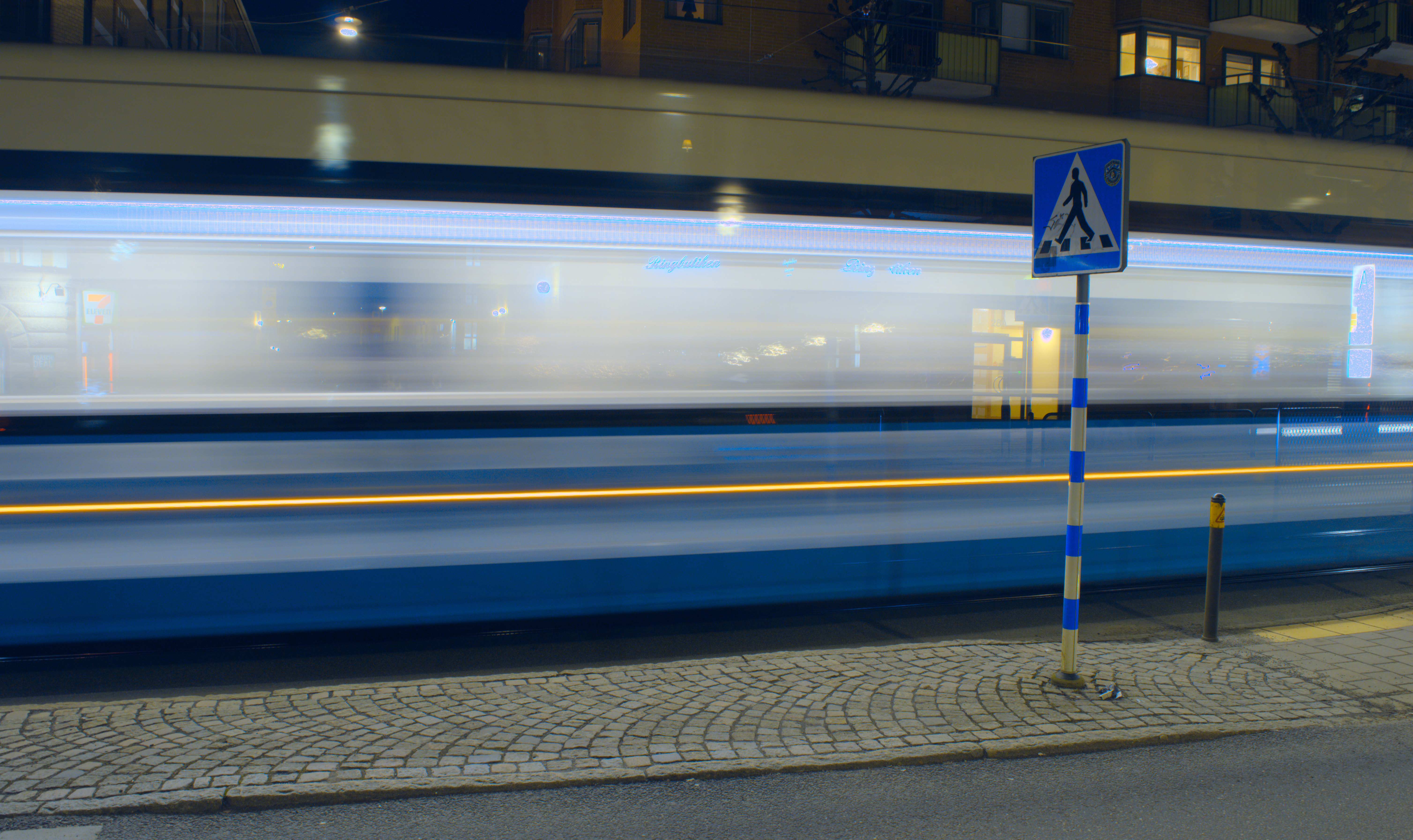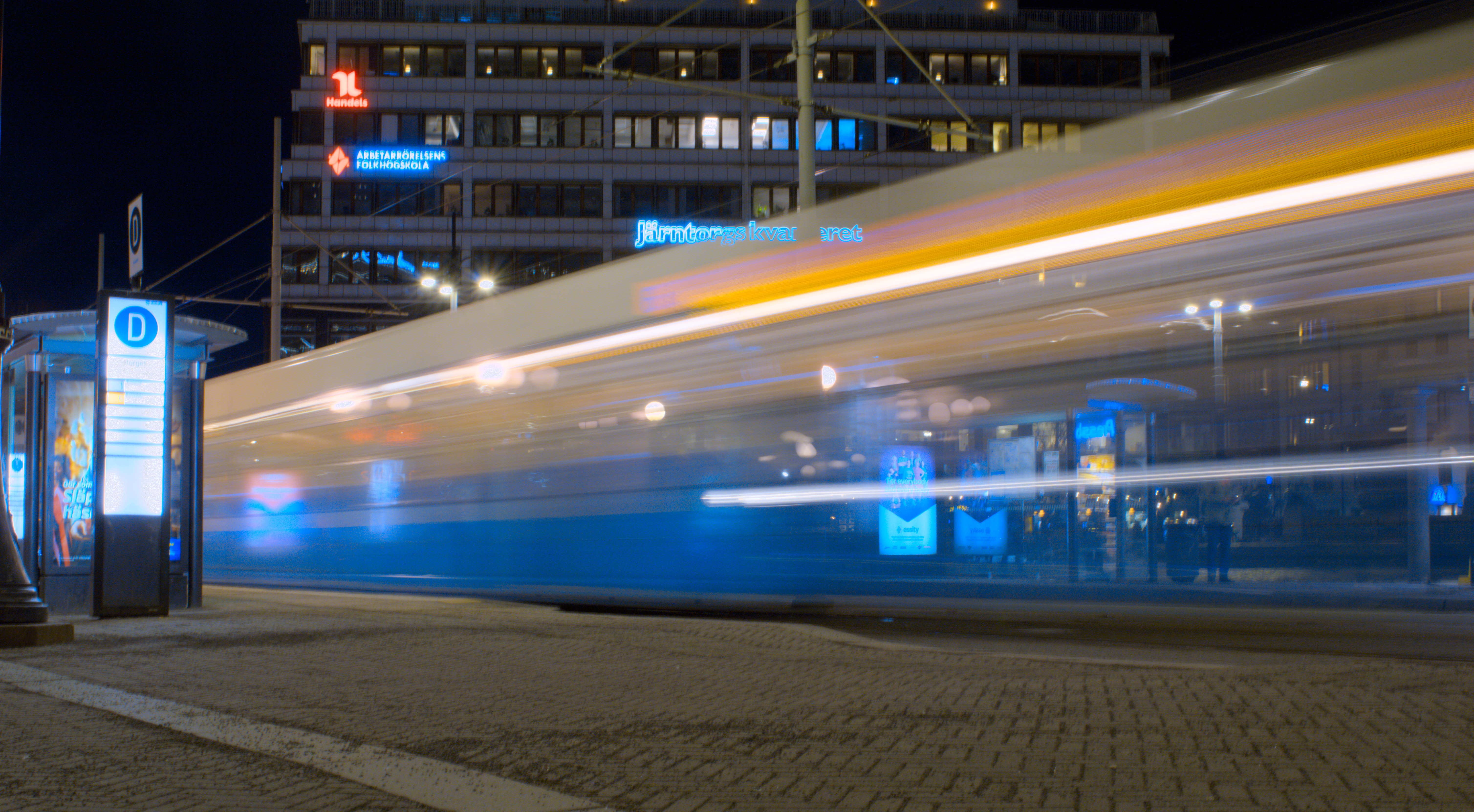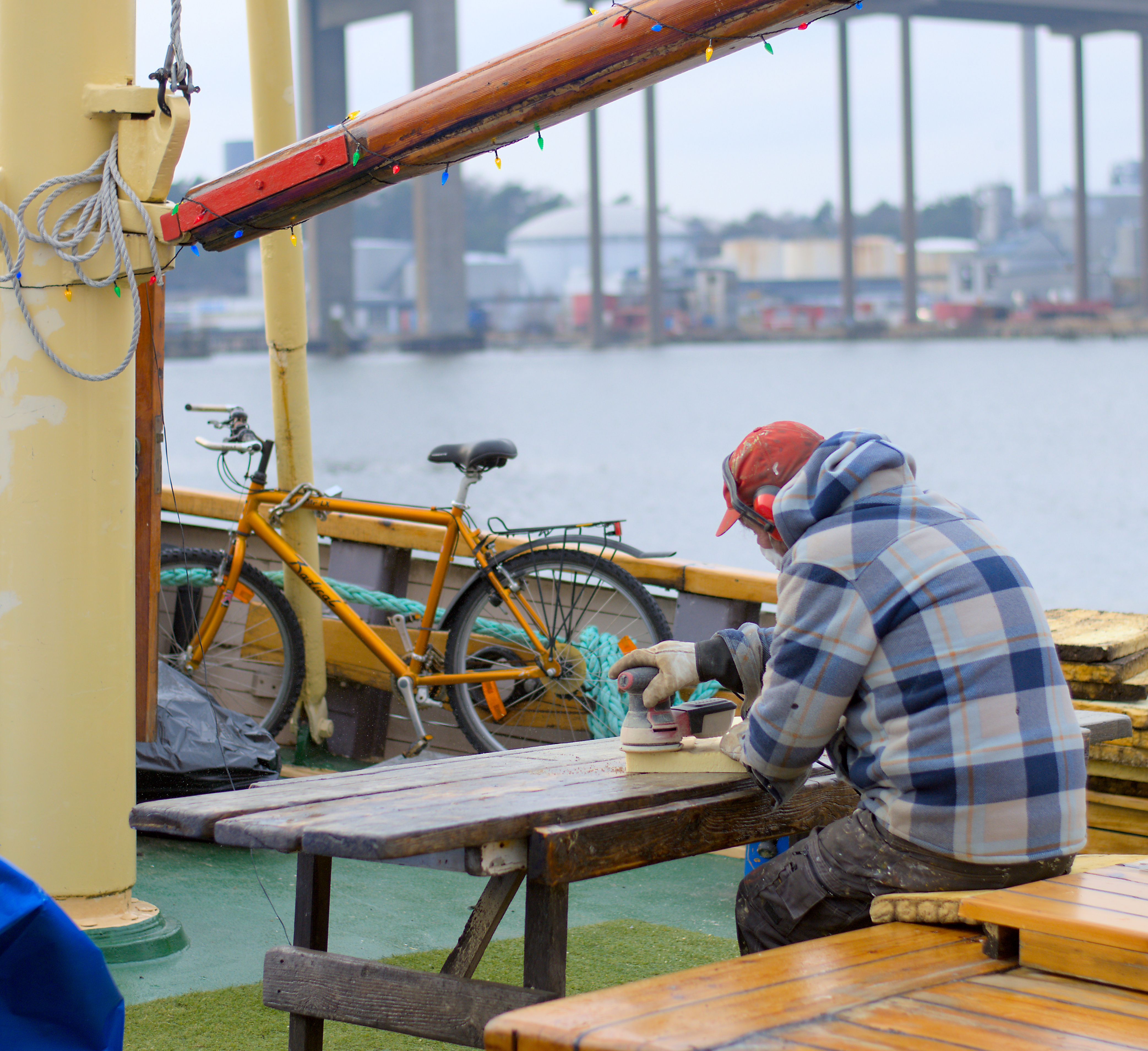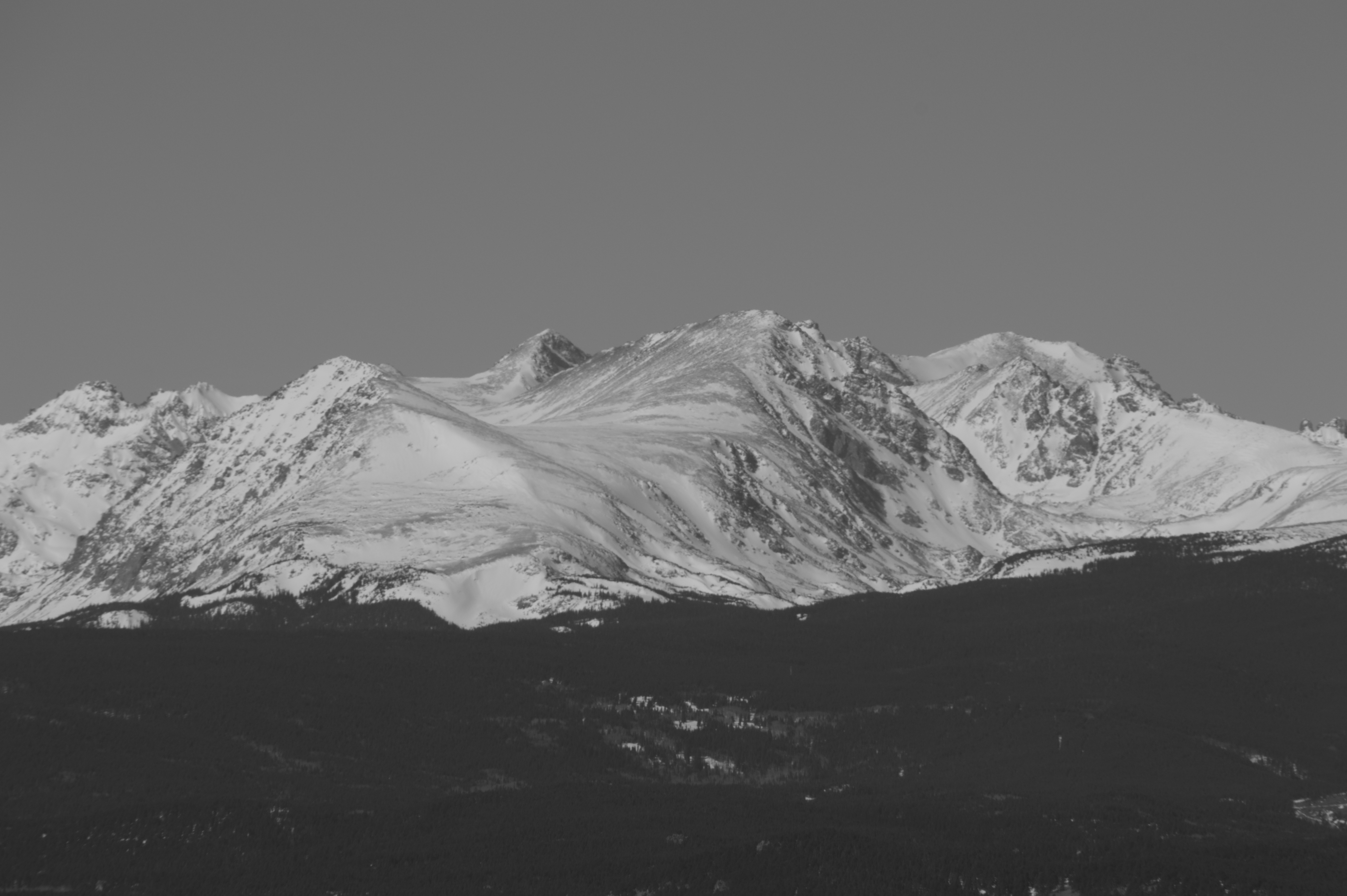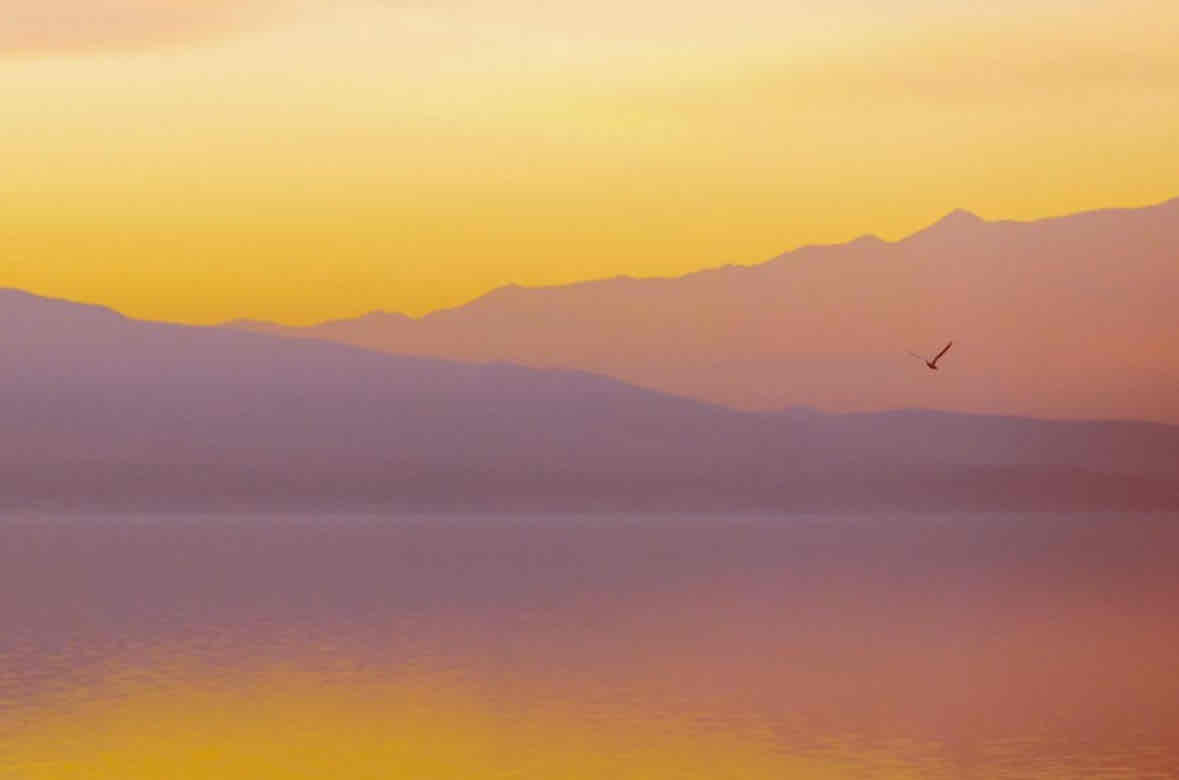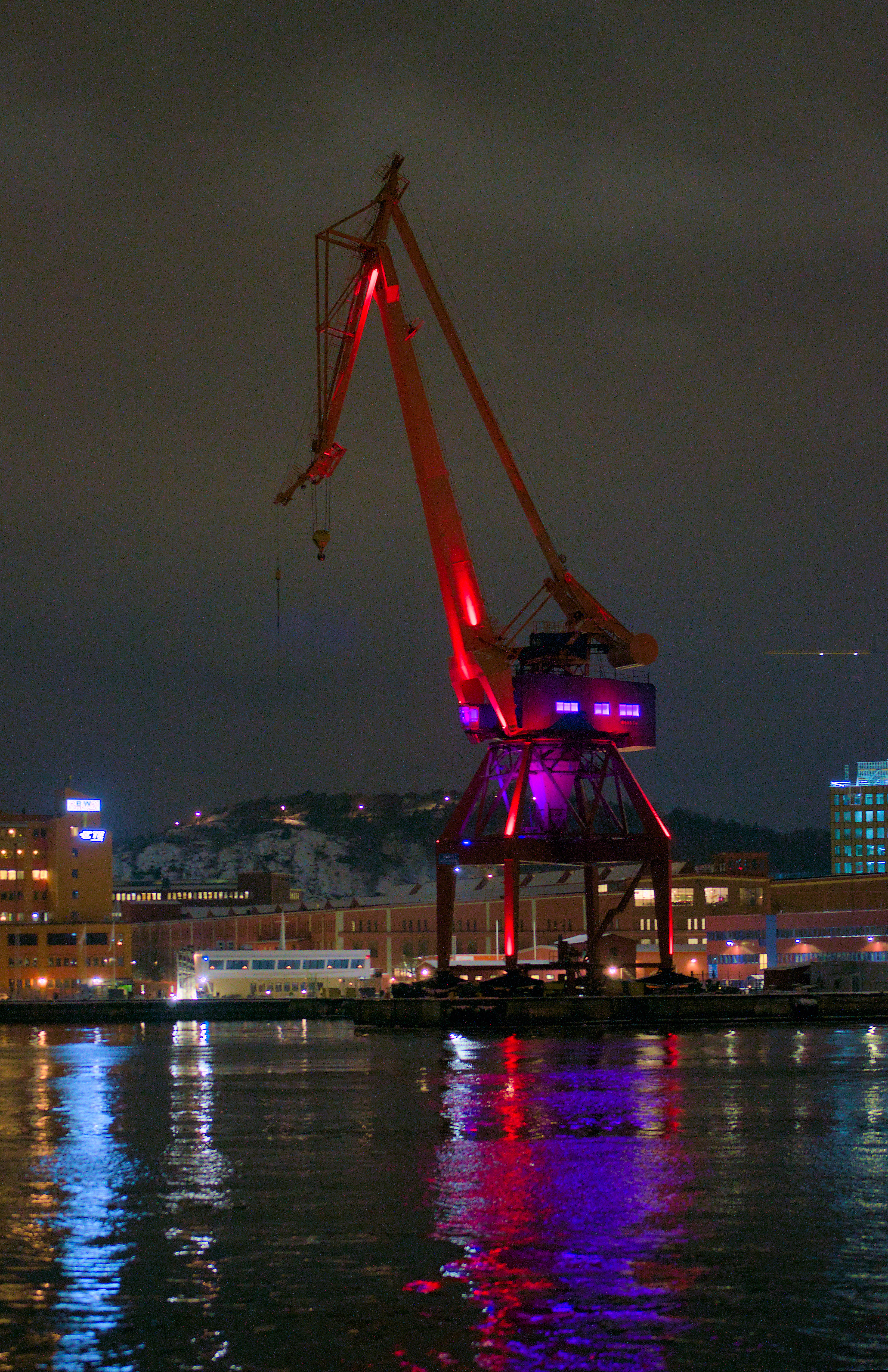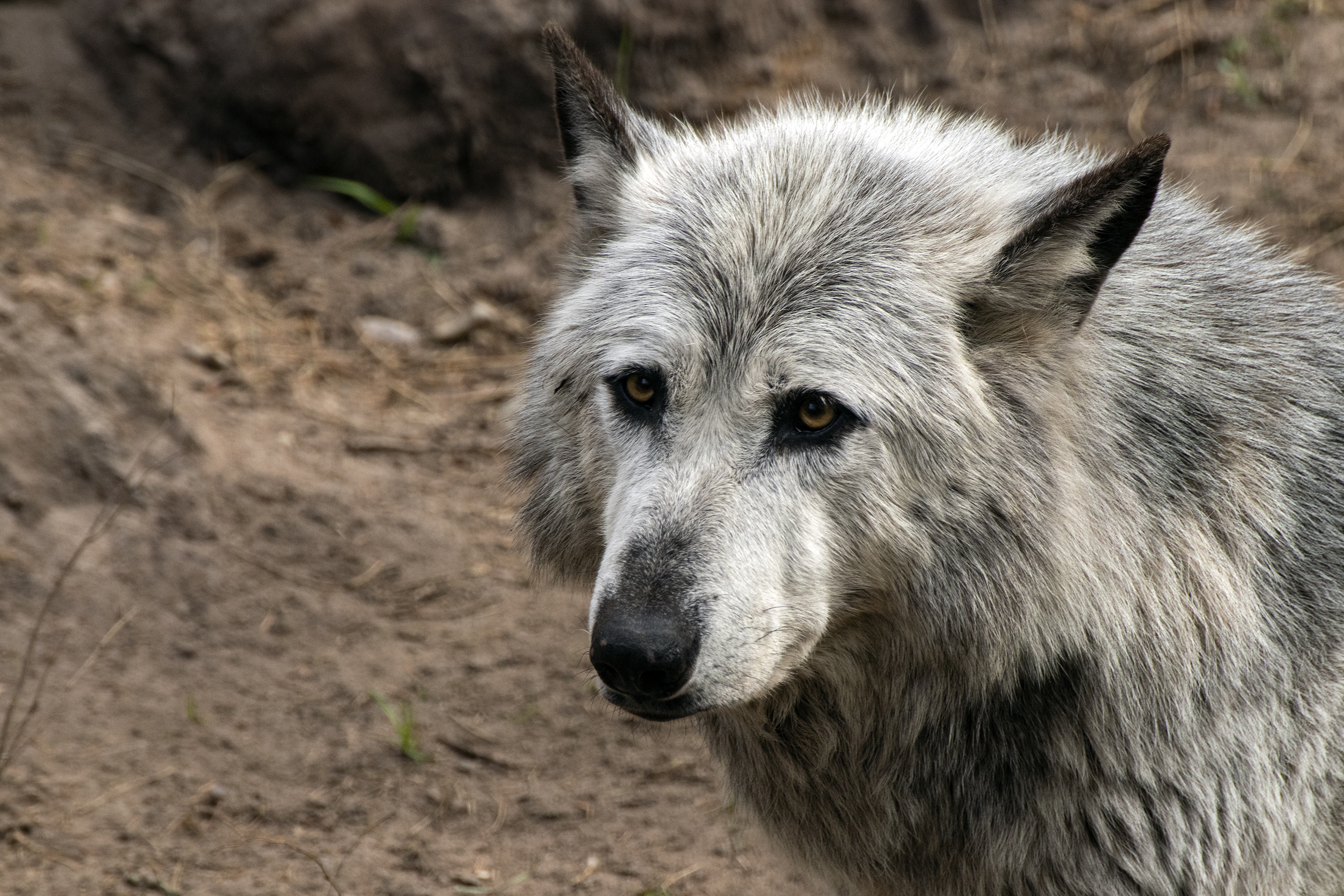I've been body shopping for the past year and a half after taking a hiatus from photography due to having children enter my life. Currently, my 2-3 time a week shooter is a Sony A7III. I rented an X-H2s for a week from lens rentals to try to give the two cameras a shakedown. I'm treating typing this out is my own form of rubber duck debugging, but I'm obviously happy to hear thoughts and feedback as well 🙂
What subjects do I take photographs of?
Currently? A pair of young hyperactive kids and their related activities. My kids are spastic/high energy, and taking candid photos of them while they do their thing is a lot of fun.
Before kids:
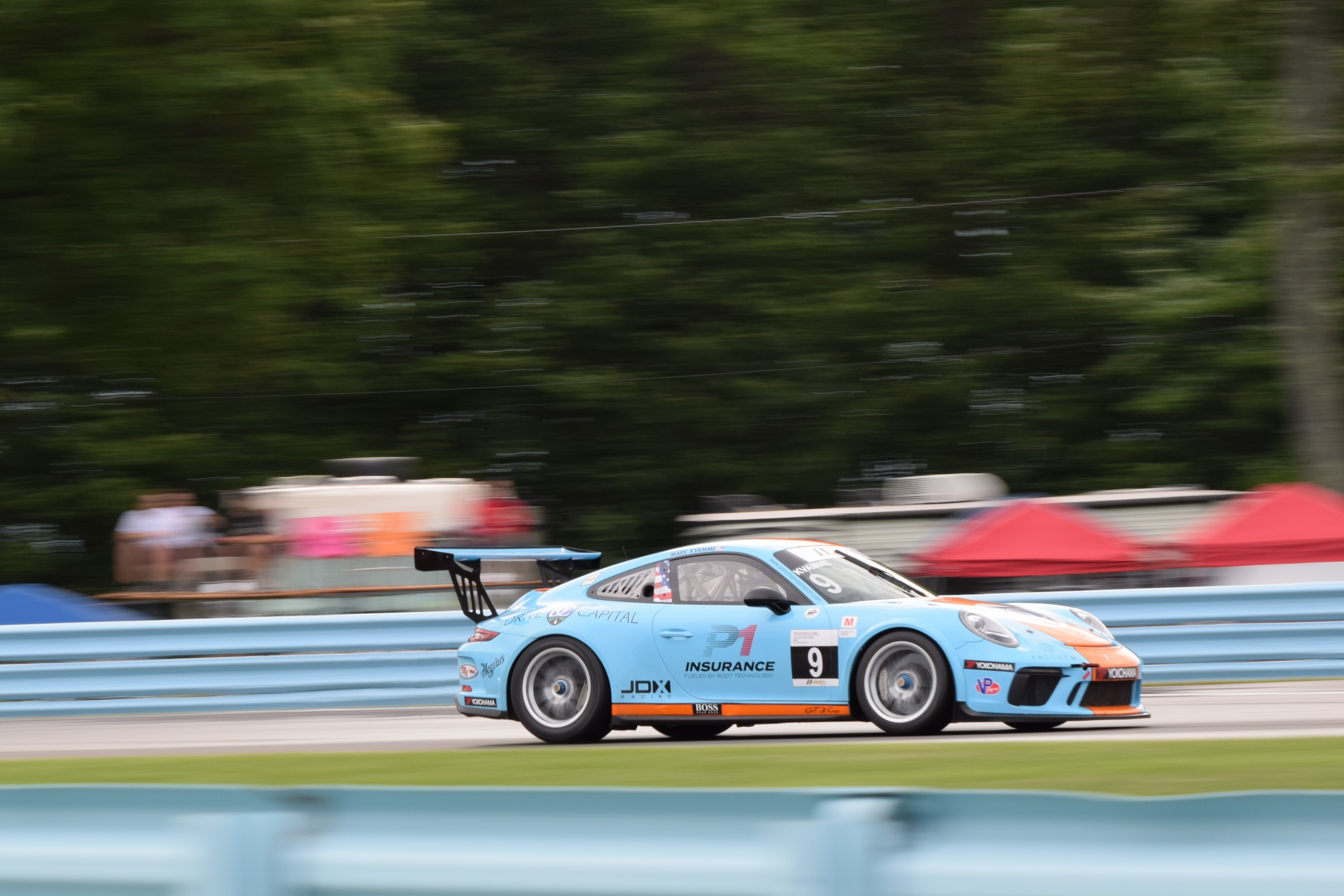
After kids:
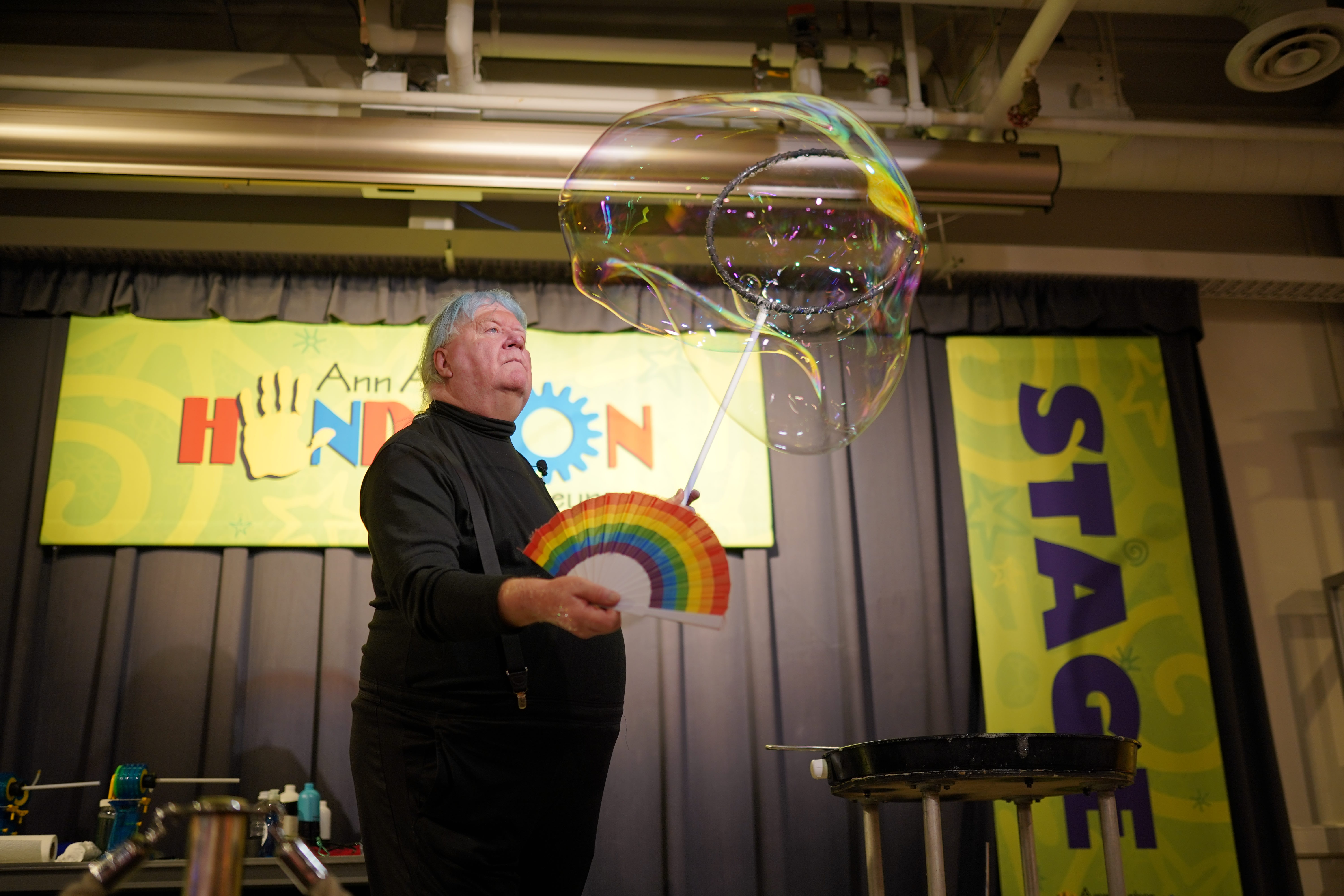
(don't worry, this isn't one of my kids but it is someone I went to go see with them. I still get to take panning pictures, but instead of cars it's now kids on bikes)
Size and ergonomics
- All the fingers on my totally normal (if-not-somewhat-small) right hand fit on X-H2s's body. I have a Really Right Stuff plate on my A7III just to give my pinky a home. Without it my pinky falls under the camera
- The X-H2s view finder turns on more reliably for me. I wear glasses and am left eye dominant. I find that if I wan the A7III's viewfinder to turn on reliably, my glasses need to be touching it, but I didn't experience that with the X-H2s. Maybe this is due to the difference in the "face sensor" location (on top of the view finder on the A7III, under it on the X-H2s), maybe it's due to the viewfinder protruding more on the X-H2s than the A7III, maybe it's a not-customizable configuration thing. Who knows
- On the A7III, it's not possible for me to see all the information inside the finder (eg ISO, shutter speed, etc) without moving my head around while wearing glasses. The X-H2s was a little better in this regard (the O-M1 is better again). My vision isn't horrible, so I can make do without glasses and the A7III is fine in these circumstances. That said, I am used to wearing glasses whenever I'm awake and tend to take photographs as a secondary activity to the main activity, so I often forget (or don't want to) leave my glasses behind. If I was going on a dedicated photography expedition (say, just me and the camera for the purpose of taking photographs) this probably wouldn't be an issue.
With the base plate on the A7III, the grip's vertical size basically matches that of the X-H2S:
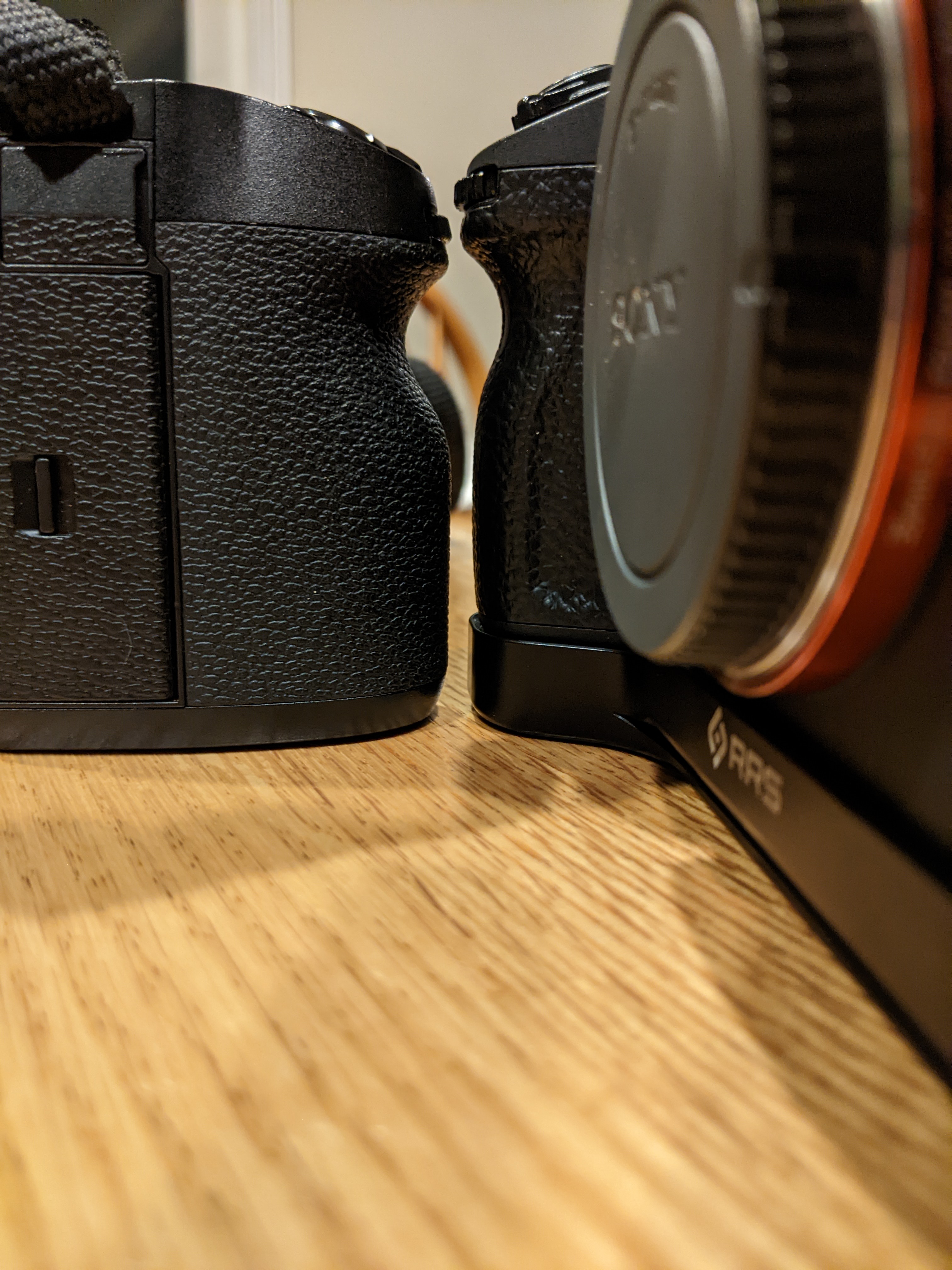
This isn't a great photo, but the X-H2s's viewfinder protrudes further than the A7III's by about a quarter inch or ~6mm. This makes for less nose smashing when you're using the finder, not that this is horrible on the A7III.
point: X-H2s, but with the RRS plate the experience isn't that horrible on the A7III.* I would not be a fan of the A7III without a plate on it. Thankfully, there are plenty of options.
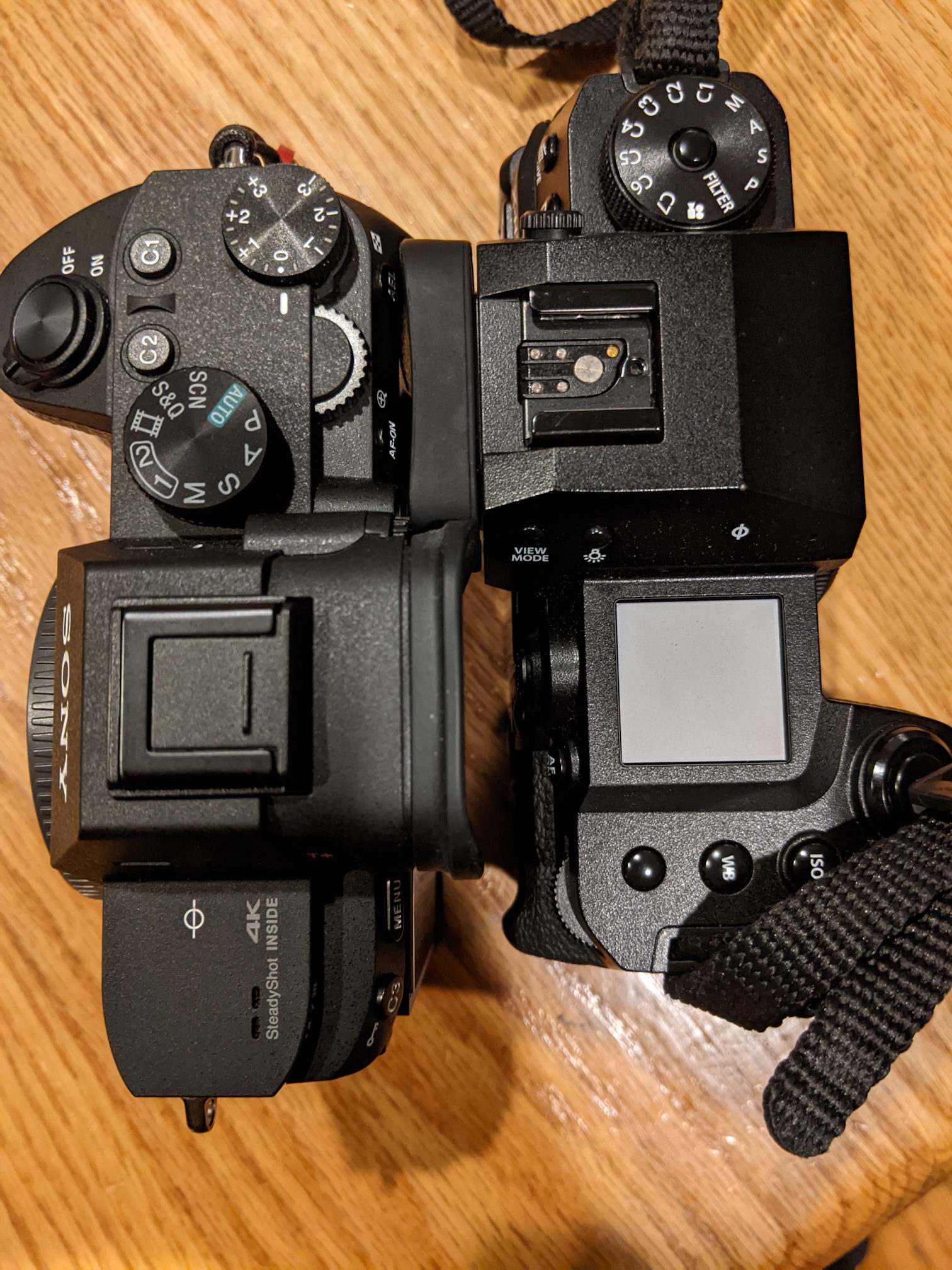
Scenes/Lighting/low light and ISO performance
Before kids, most of my photographs were taken outdoors on sunny days. After kids, I've been taking a lot more photos indoors in places like museums that tend to be dimly lit, in addition to around dusk outdoors. Thankfully, I discovered fast primes. It's really amazing what a fast (f/1.4) lens enables you to do in terms of keeping ISO down - especially if your subjects are moving fairly slowly.
A7III, Sigma 35mm f/1.4 DG HSM @ ISO 160, 1/40, f/1.4
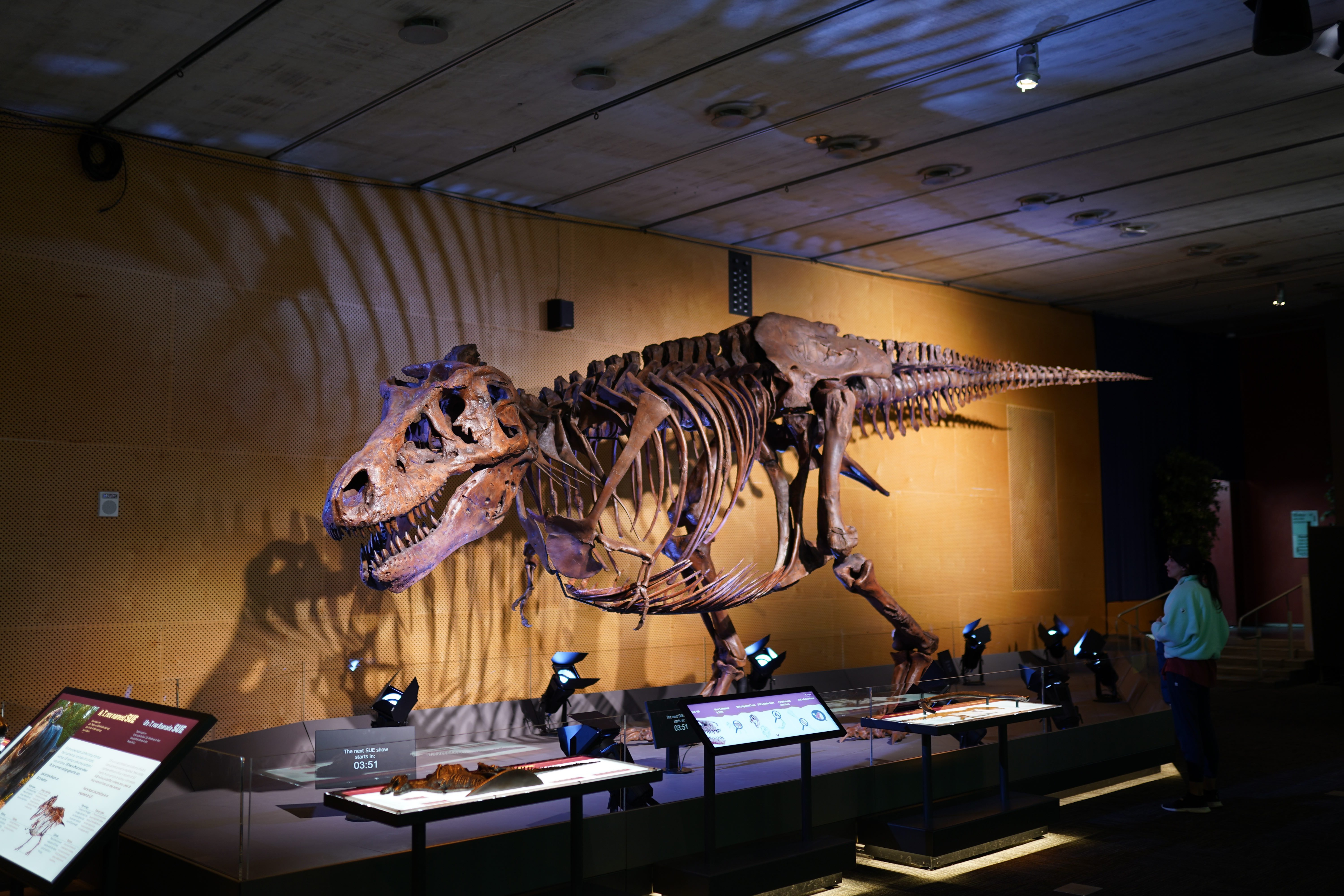
I did not take a great A/B comparison of the same scene at the same ISO on both bodies, but thankfully we can use DP review's studio scene comparison tool for that. The X-H2s appears to be about a stop behind the A7III in terms of noise.
That said, I have a few 10,000 ISO photos from my time with the X-H2s that look pretty good to my eyes.
X-H2s, 23mm (35mm FF EQ), ISO 10000, 1/500, f/1.4. No fancy post processing done - this is a SOOTC JPEG.
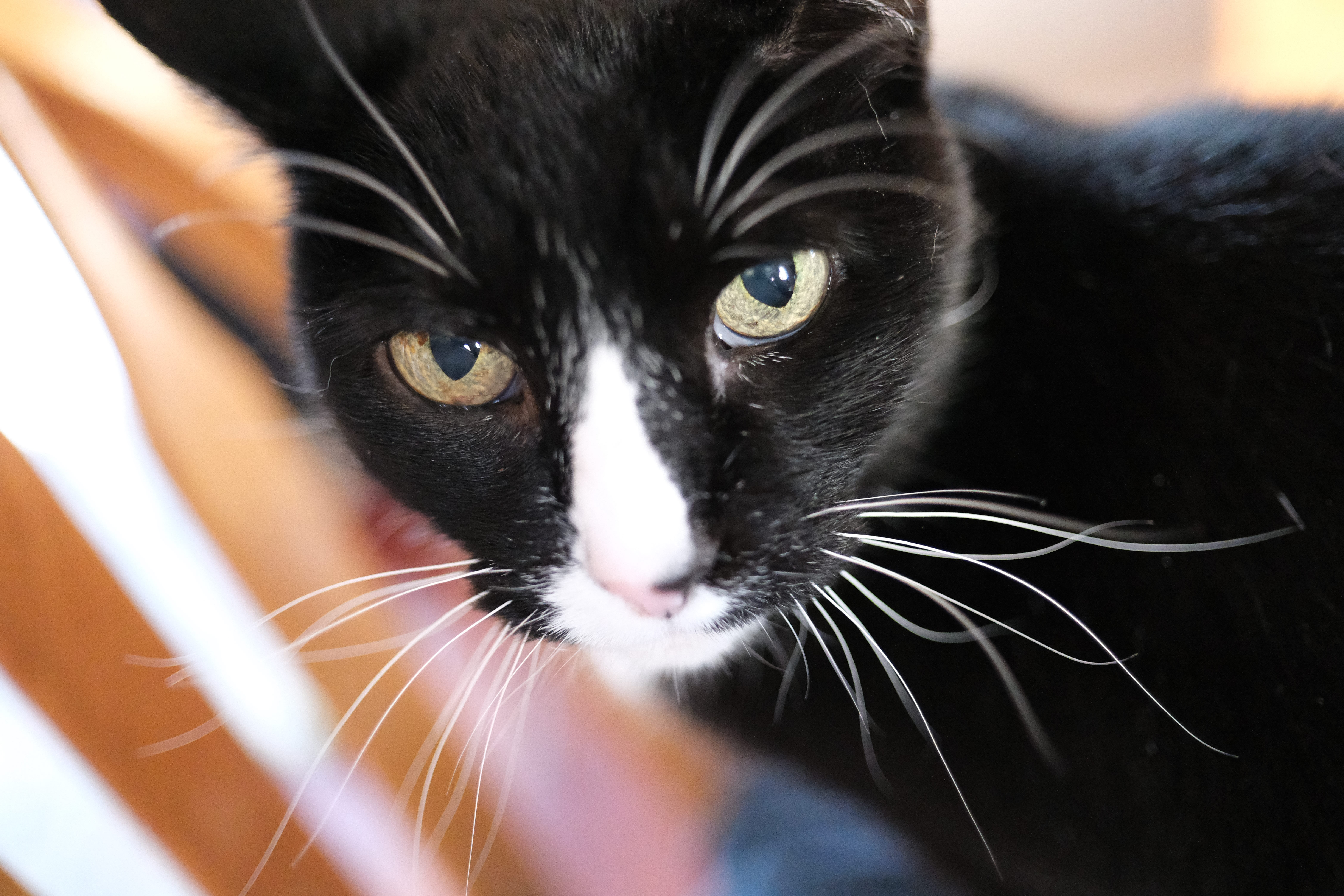
I do not hesitate to use ISO 12,800 on the A7III.
A7III, 35mm, ISO 12800, 1/25, f/5.6. Dark table processing, but again nothing fancy (eg no AI noise reduction)
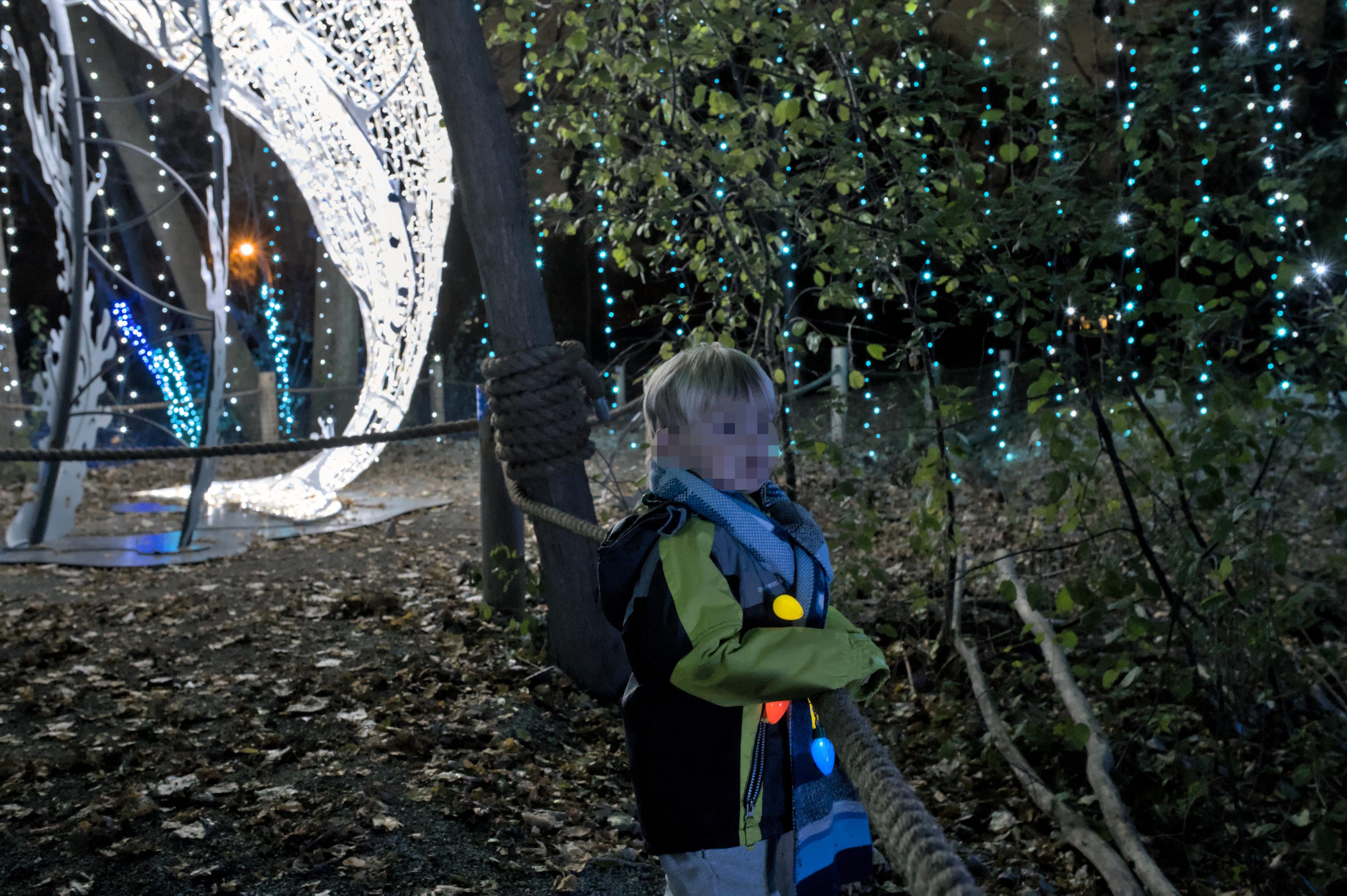
point: A7III. There's no replacement for ~~displacement~~ surface area. But again, with a fast lens I've not needed to go above say ISO 5000 very often.
Lens options
- Fuji's benefit from cheaper and potentially smaller glass. The 23mm (35mm FF equivalent) f/1.4 LM WR is $900. For that price you can get a third party (Sigma) 35mm f/1.4 for the A7III, or you can spring for the $1,400 Sony FE 35mm f/1.4 GM. This is true for most any other lens pair. Here are a few examples: $2,500 Sony FE 100-400 vs $800 Fuji 70-300, $1,300 Sony FE 50mm f/1.4 GM vs $899 Fuji 33mm f/1.4 LM WR, etc
- Sony's benefit from excellent third party glass integration, in addition to having a wide and deep catalog of third party glass available. I own a Sigma 35mm f/1.4 DG DN and it was really nice to be able to update its firmware through the camera body, just like I would on a Sony lens
Here's a size comparison of the Sigma 35mm f/1.4 vs Fuji's 23mm. Note that the Fuji has a lens filter on it.
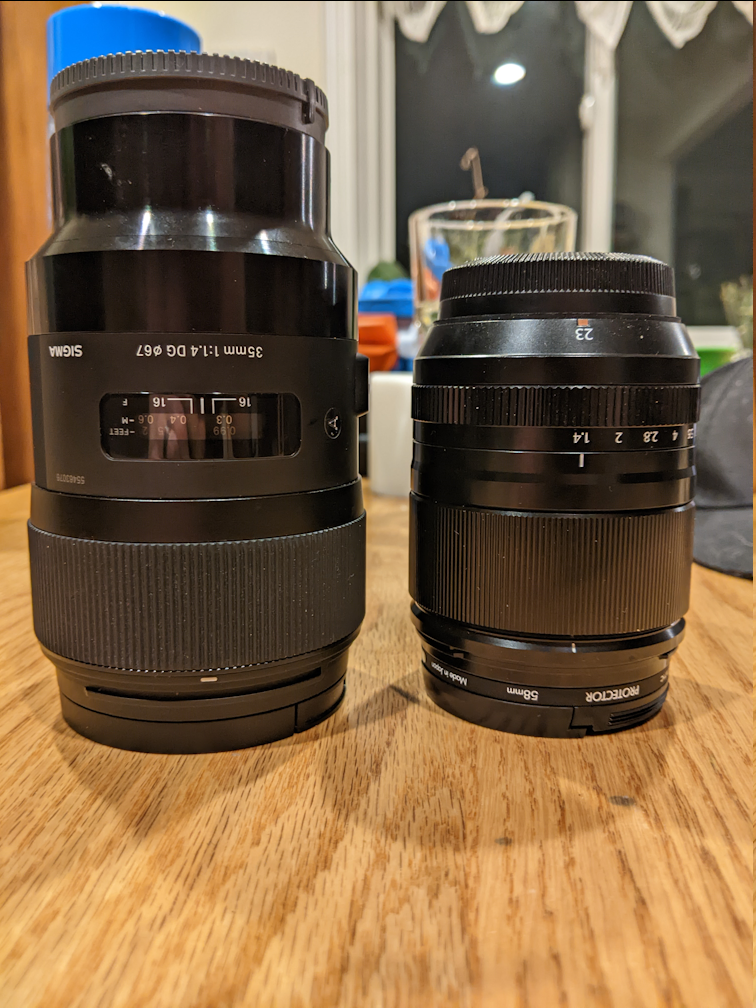
Here's the pxlmag view of Sony's 35mm f/1.4 lens, which is smaller than the Sigma, vs the Fuji 23.
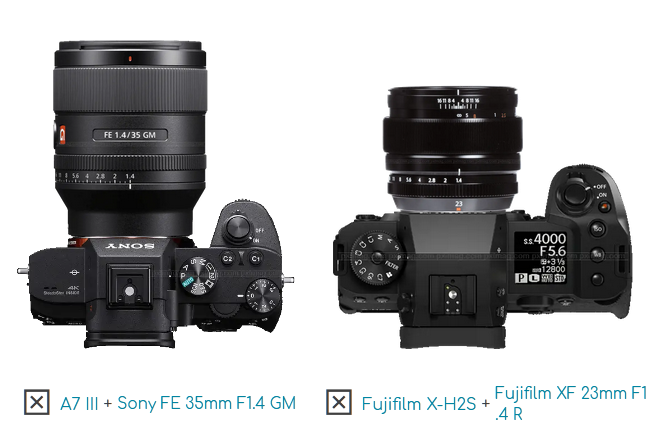
Note that this all gets a bit interesting if you're willing to compare slower glass on the Sony vs faster glass on the Fuji, given a f/4 lens on a FF body will still have shallower depth of field than a f/2.8 lens on a APS-C body and the DR/noise advantages a FF sensor will offer.
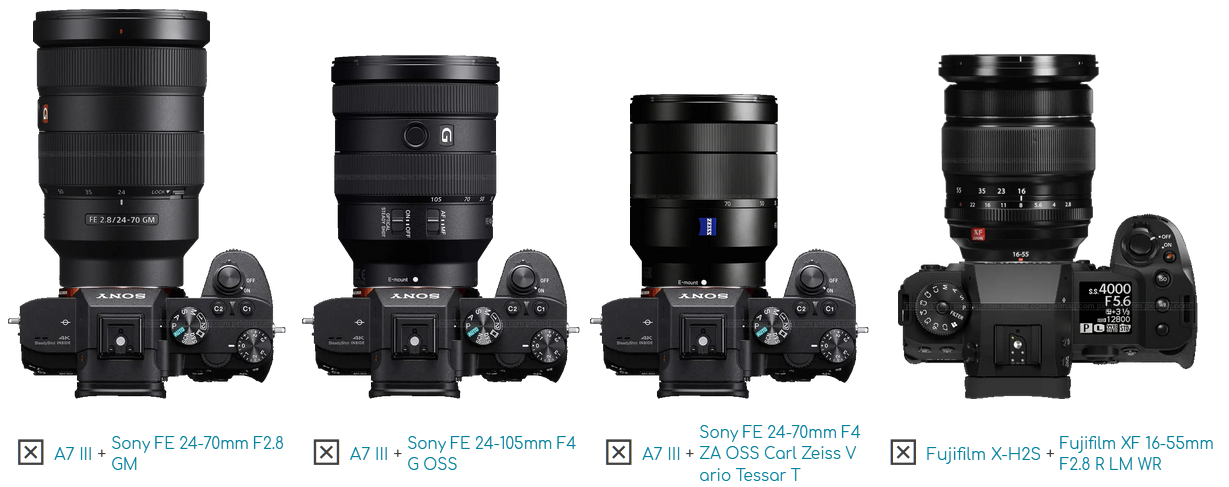
This pattern continues as you move up in focal length.
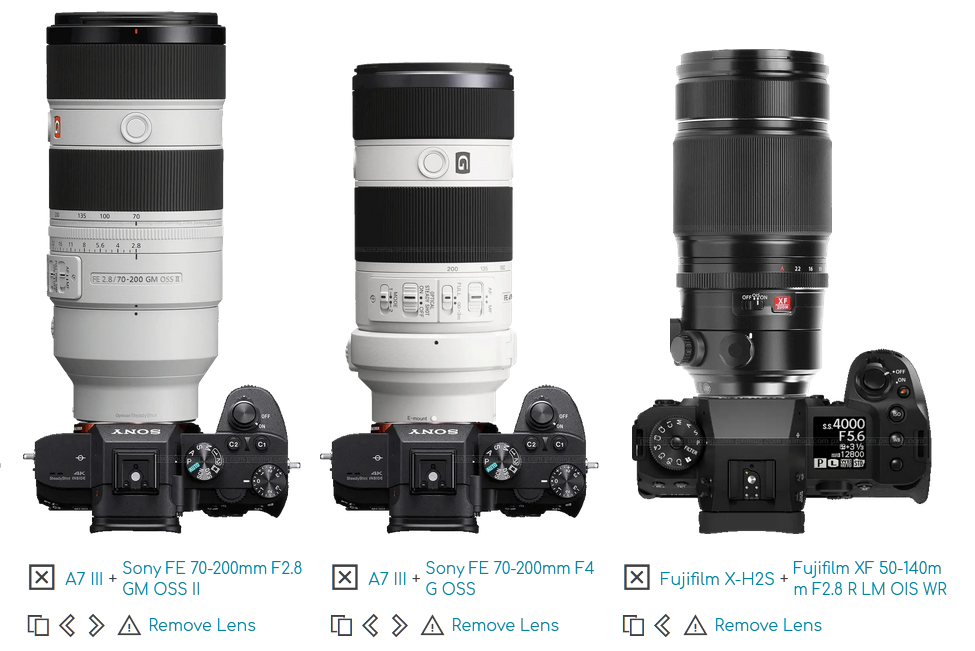
point: I'm going to call this largely a wash, with a slight edge for Sony thanks to all the third party glass. Selection = Sony. Size for a given f-number and focal length = Fuji. Size for an equivalent f-number and focal length = Sony. Price = Fuji, but there's some excellent third part glass available for e-mount that rivals or beats Fuji's pricing (see: Sigma's excellent 24-70 f/2.8 for $1,100 vs Fuji's 16-55 f/2.8 for $1,200)
Livability/Likeability
- The X-H2s does a lot of things that culminate in the camera seeming to have more of a soul. A lot of these things revolve around haptics and responsiveness
- The X-H2s turns on quickly and is ready to take a photo nearly immediately. If the A7III has sat for a ~1 day it takes... a while to turn on. If it's only been a few hours, it can still take a few seconds. Flick the camera off and back on? It's not slow, but it's not fast either. This isn't a huge deal, but it can be annoying. The X-H2s turns on nearly immediately. That said, the X-H2s will often miss the first shot taken if you turn it on and try to take a photo right away
- The X-H2s takes a photo very predictably when you poke the shutter button. This is also true if you're manually mashing away at the shutter button in AF-C. I found the A7III's shutter button, using the factory settings (eg half press to focus, press more to take the photo), to be very vague/mushy/unpredictable. Interestingly, if configure the A7III for back button focusing, it suddenly becomes very responsive with BBF. I have no idea why this would be the case. This is independent of focus priority setting on the A7III
- This might sound silly, but the X-H2s's mechanical shutter is way more satisfying. It's quiet/well damped and unobtrusive. The A7III has an authoritative thawunk shutter sound. It's not obnoxious per-say, but it is very much there. Before anyone says this is due to FF shutters being physically larger than APS-C shutters, the Z6II has a very satisfying mechanical. Newer Sony bodies are less obtrusive, but Sony tends to be louder than Nikon FF by a wide gap. Between the X-H2s's faster readout (eg ability to use e-shutter more often) and quieter mechanical shutter (to deal with the occasional scenario where the e-shutter is struggling), the X-H2s is significantly less likely to intrude on the moment. Even without the faster electronic shutter, this would still be the case (eg with the X-H2)
- The X-H2s UI is more luddite proof. For example, it will you which wheel controls what in "m" mode and which direction to turn for a given outcome. IMO this is somewhat unnecessary once you're familiar with the camera, but it is still somewhat nice - especially if you're not super familiar with the camera or don't use it very often
- The EVF and screen on the X-H2s are way nicer than the A7III. It's true that the A7III is an older body, but if you want a nicer EVF on a FF Sony you're looking at something like the A7RV, A1, or A9III which are all priced significantly higher than the X-H2s. The A7III is totally serviceable, but who doesn't like a sharper/brighter/more color accurate display?
Point: X-H2s. It's really hard to dislike this camera
Geo location (via companion applications)
I personally really like having GPS coordinates embedded in my photos' EXIF data. I've been spoiled by both my D5300 (internal GPS!!) and smartphones over the years. It seems like basically all camera bodies from the past 4-5 years or so rely on a smart phone to provide location information.
Without actively doing anything, I found that my phone provided location information faster to the A7III than on the X-H2s. Sony's app also doesn't ask for precise location by default and its persistent notification lets you easily know when it will (or won't) work (due to Android relegating it to a background task, an update, etc). I didn't spend enough time with the X-H2s get to know the app that intimately, but the Sony app does just work - at least on my Pixel 3a.
That said, I really like that the X-H2s retains its prior location setting for a configurable amount of time. For example, if you're walking around for a few hours, turning the camera off and on as you go, you don't have to wait for bluetooth to connect again before you get geo data in your EXIF data. This is not the case on the A7III - it will not retain its prior location information. I could probably adjust my habits to accommodate the camera better (eg leave the camera on all the time when I'll be using it sporadically for a few hours), but I don't know if this will fully resolve my concern.
Point: X-H2s for the memory function
Autofocus/AF-C/Face and eye detection/AF intuitiveness
- It's hard to understate how reliable the AF-C is on the A7III. If there's a green square on my intended subject, I can trust that green square to be in focus basically all the time. If I miss the shot it's because of something like my shutter speed being too low. That doesn't mean that the A7III will will always focus where I want it to, but it will always tell me where it is currently focused so I can intervene if necessary (eg change focus size/area, etc). I've missed very few, if any, shots on the A7III due to false positives. Missed shots tend to either be caused by too slow of a shutter or my subject moving at a very high speed
- The X-H2s finds faces and eyes further away than the A7III, or at least does a better job taking credit for them. For further away subjects, the A7III will usually prioritize faces/eyes/heads/humans, but won't always give you the visual indicator of "I know this is a face/eye". It doesn't have a way of saying, "I know this is a head/human" due to not having subject detection
- I've taken a number of photos on the X-H2s that it thinks should have been in focus, but were actually out of focus, despite being set to focus priority. As a percentage, this is not a huge number, but it's not in the approaching zero territory of the A7III
- In general, I did find [the X-H2s's AF-C performance to be pretty good). Certainly better than the Z6II if you value faces and eyes
- IMO, face/eye detection makes a lot more sense on the A7III. If you're in focus area wide on the A7III, you just kind of point the camera at that face/eye you want to prioritize, press your chosen focus button, and you're off. If you're in the zone focus area, the A7IIII will only prioritize faces/eyes in that zone. If the X-H2s finds a face literally anywhere in the frame, it will focus on that face - regardless of what your focus box is telling it. I do sometimes wish the zones were on the A7III were little smaller (a-la Nikon's mirrorless offerings) or could be sized dynamically (a-la Olympus and Fuji). I find the flexible spot to be a little too small
- Being able to dynamically size the focus area while moving it around with the joystick on the X-H2s is a nice feature that's not present on the A7III
Sony A7III AF-C at work, even though it didn't indicate that it detected a face it still focused on the head
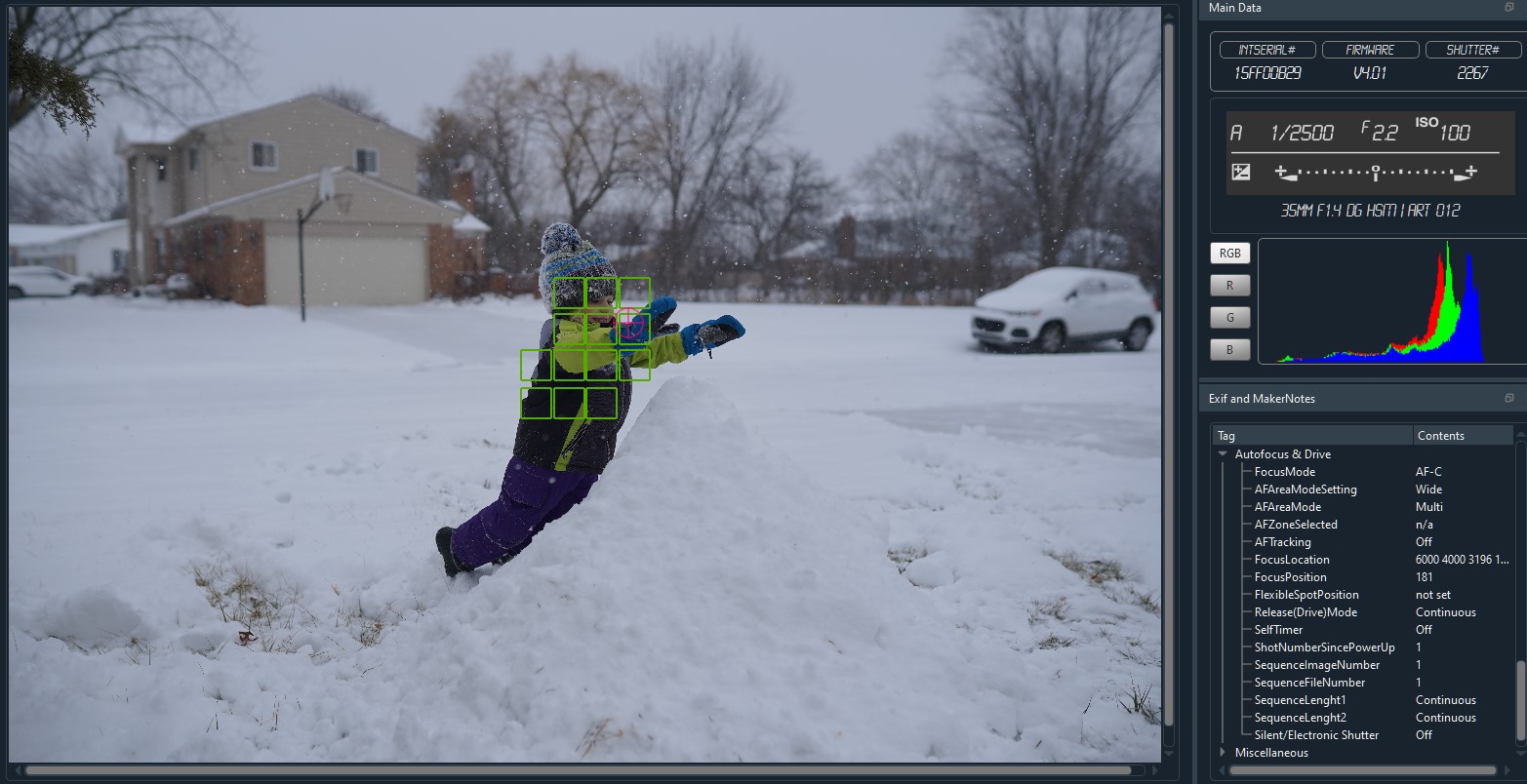
X-H2s saying, "I totally have focus" without actually having focus
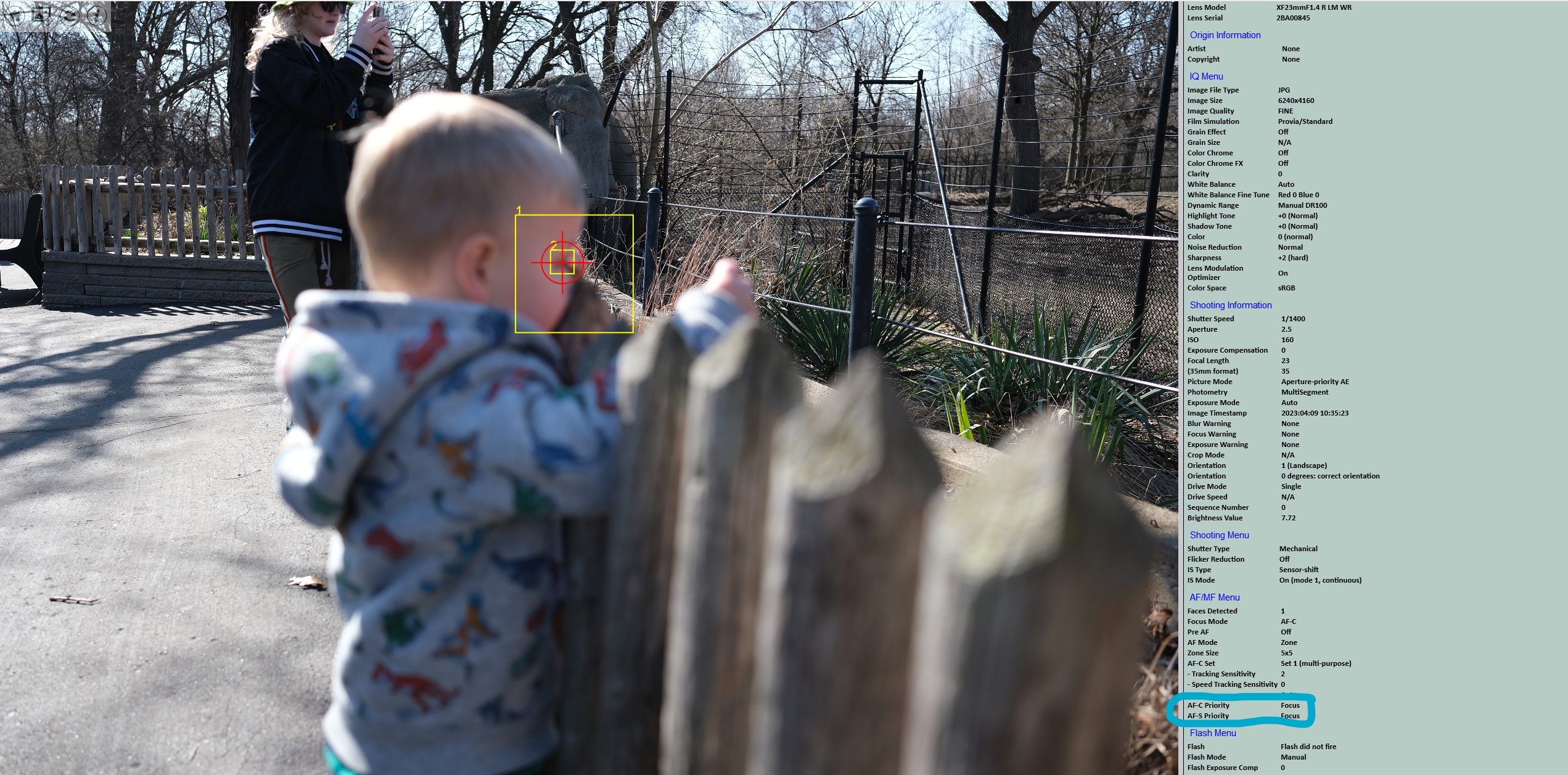
Related to the above: I have no idea what website I used for that and would love to find it again.
That's not to say that the X-H2s fails to focus all the time or can't handle moving things

Point: A7III
Colors
- I'll edit a RAW if I have to, and do shoot RAW+JPEG, but I'm lazy and time is limited. Therefore, good enough SOOTC JPEGs = a win for me
- I find the A7III's SOOTC JPEGs pretty color accurate, if not a little boring
- People prefer Fuji's JPEGs. I'm honestly a bit on the fence here. I find them somewhat too stylized for my liking and after shooting the A7III for a year and a half I can pick out Nikon vs Sony SOOTC JPEGs on my digital picture frame pretty reliably. Fuji's SOOTC colors seem a little over the top to me, but that's not to say that I can't see their appeal
I think it's worth saying that the raws seem to be basically the same, so if you're a raw shooter this is a moot point. Below are two minimally processed raw files. I'll leave it to you to figure out which is from which camera, although I did inadvertently blow ISO in one of them while ensuring depth of field was the same. Thankfully, you can't really tell :) Maybe that just speaks to the strengths of modern sensors.


And here's a pair of SOOTC JPEGs with zero care/attempt made to make their settings comparable. If anything this shows that SOOTC JPEGs are very variable. I will say that both cameras offer a good base for SOOTC JPEG tweaing/tuning. The A7III below is a bit over the top, but I generally found the inverse to be true when shooting more 'normal' profiles.
A7III

X-H2s

point: tie, especially depending on your preference
#So... which do I prefer?
Well, once my rental was over I did return it. I've been somewhat hunting for a good quality, and well priced, used X-H2s for a few months now to try a "long term rental", but I'm very on the fence about it. It's really hard to beat the way Sony AF works, both in terms of hit rate and control ("I want you to find faces and eyes, but only in this area of the frame. Ignore all other faces outside this area please"). That said, I do hesitate to use the A7III in some situations because of its loud shutter. Maybe I should look at the A9...
